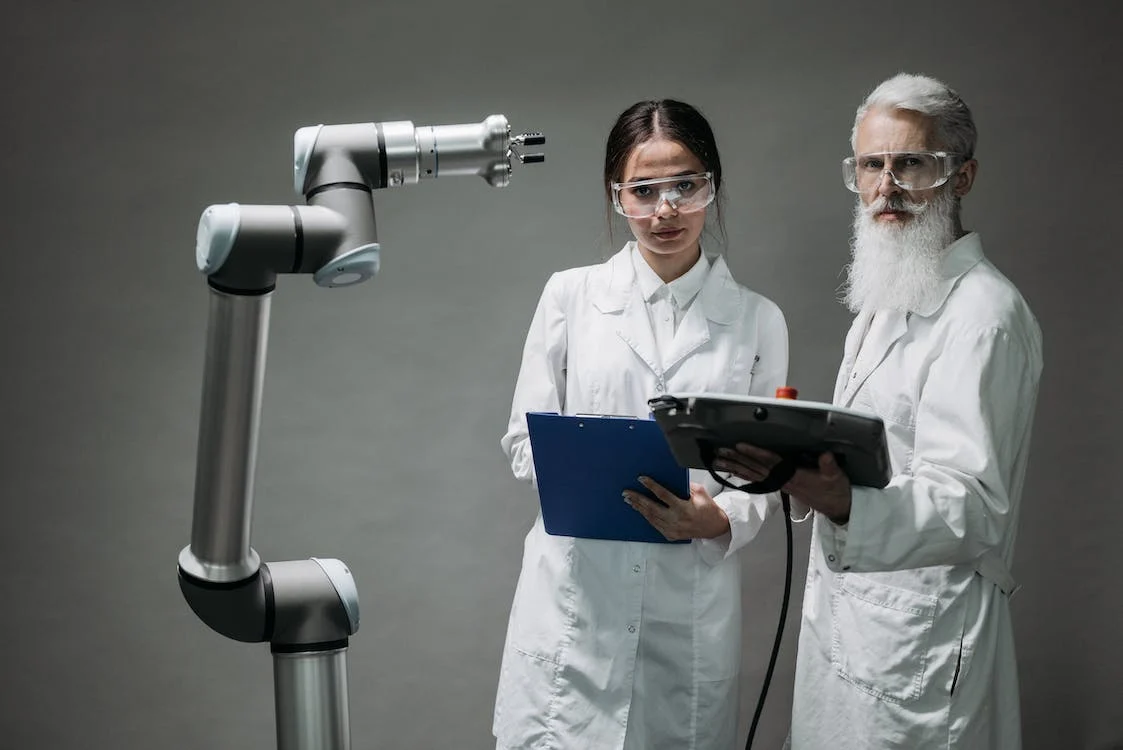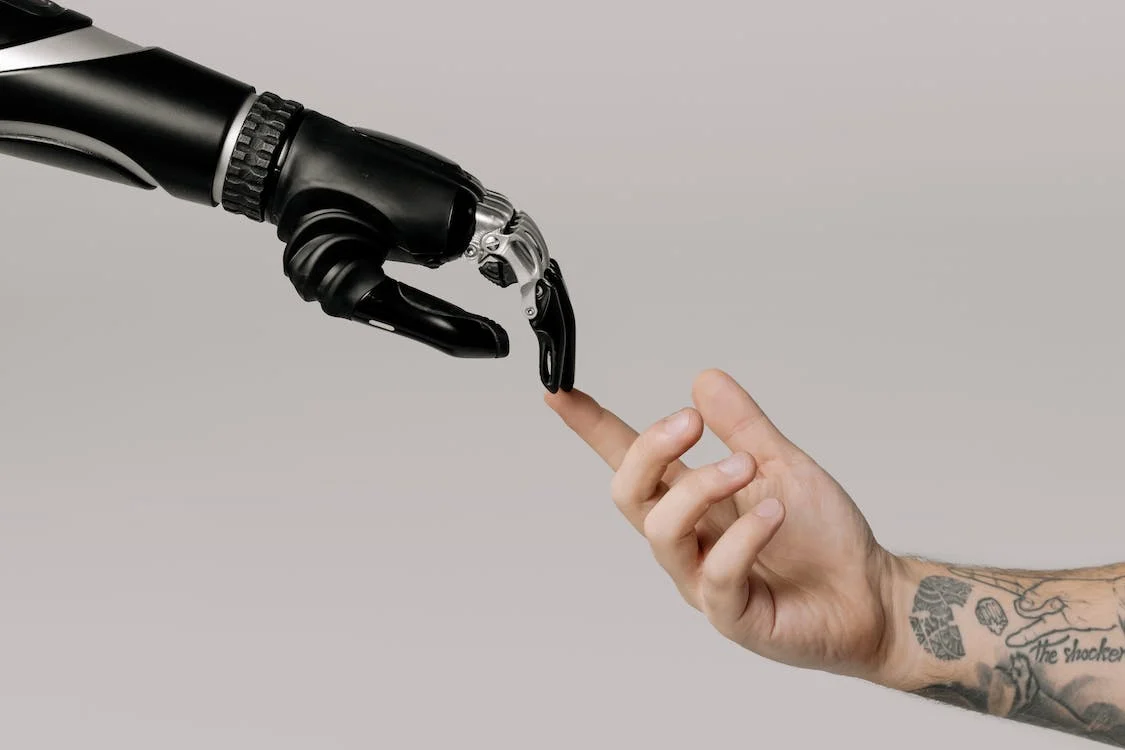The term “cobot,” also known as “co-robot,” is derived from the phrase “collaborative robot,” which is used to refer to robots intended to interact with humans physically and also share the same workspace.
These new types of robots have a specific purpose: they work in collaboration with humans, boosting their productivity by relieving them of the most unpleasant, difficult and repetitive jobs. While robots are increasingly seen as a potential cause of mass unemployment, the cobot may offer something totally different because it is a machine that works for hand in hand with a human.
For example, BMW has installed cobots that work alongside employees on their assembly lines at its US plant in Spartanburg, South Carolina. They deal with the insulation and protection of electronic materials in car doors; these are exhausting tasks that employees cannot perform for more than one or two hours in a row without feeling pain at the elbows. The cobot assists the worker and increases overall productivity. They are like super power tools that do more than turn a screw or hammer a nail.
Different philosophies?
The concept of a cobotis debated. Some experts believe that there is no collaborative robot but robots with collaborative functions. Some think more of “collaborative applications” using robots. Indeed, a collaborative robot is just as much a robot as a robot that doesn’t work with human contact.
The first general category of cobots is one that allows the robot to work relatively independent of human contact but is directly manipulated or controlled by the human from a “safe distance”. The robot will have advanced safety functions enabling it to work close to humans without it being caged or somehow protected from potentially harming the human. These types of robots are generally models whose protective case / space has been updated to bring standardized functions, such as safe shutdown (in the presence of a human, the robot stops but does not cut off its power supply), the safe speed (operation at reduced speed in the case of proximity to a human), and confined to a limited working space.
These functions involve the use of sensors to detect the presence of humans in the working space/areas of the machine. 3D cameras might also provide the same functionality in the future.
“Sensitive” robots
In the hierarchy of man-robot collaboration, the next step is to give the machines a sense of touch. This is called a “safe” robot, that is to say, the robot can come to a standstill (in a safe stop) in case of intentional or unintentional contact with a human operator.
This is the idea developed by Universal Robot with its UR5, UR10 and, now, its small UR3 robotic arms. This lightweight UR3 model is only 11 kg and has a load capacity of 3 kg for a reach radius of 500 mm, and the concept is to add a “third arm” to its operators.
Applications and limitations of a cobot
There is now a wide range of cobots, from the small, light to two-armed robot that mimics humans, and their potential applications are equally diverse. Some cobots will perform simple tasks of operating parts or control operations next to human operators, and others will go as far as to make precision assemblies or extend the functional limits humans. Some will just stop when they come in contact with a human, and others will be able to restart immediately, and operated at all times by their human colleague.
There are many potential applications of cobots as they can work with humans. And all will be programmed by learning or via relatively simplified programming modes. It is, however, uncertain how soon cobots will work in the presence of humans without real interaction other than perhaps voice commands or gestures.
Though robots have lots of advantages, beginning with their flexibility and the potential of achieving very significant savings in terms of increased productivity, enabling humans to more easily perform difficult tasks and reduce installation footprints they still have some limitations. First, their rates of evolution are considerably lower than those of conventional robots as they must operate in a more complex human interactive environment. Also, to reduce the risks, most manufacturers have relied on very low load capacity to avoid the dangers associated with a human being impacted by a cobot with heavy loads. Finally, a robot is considered basically safe until it carries a dangerous tool. Indeed, even if it stops by detecting potential contact, a cobot equipped with a knife has a 100% chance of cutting an operator who may accidentally get in its way.
Cobots and humans
But what consequences will the cobot have on employment? According to a study by Oxford University, in the next twenty years, 47% of American jobs will be threatened by automation. According to Michael Osborne, a member of Oxford University’s Artificial Intelligence research group, cobots cannot yet completely replace humans. “We have identified three areas where robots will not be able to substitute for humans in the next twenty years: creativity, social interactions, and tasks requiring perception and manipulation.”
And it is this last point that makes humans indispensable according to the researcher’s cobots maybe marvelous machines but you wouldn’t want one taking care of your baby. Cobots have difficulty handling fragile objects without breaking them and can’t truly analyze all situations to determine best safety practices.
So cobots still need humans, but for how long? When does the cobot evolve to the fully automated robots of the future? That’s the big question that many tech industry luminaries, scientists, research professors, and governments are trying to figure out. And they also wonder – what will be the impact?


